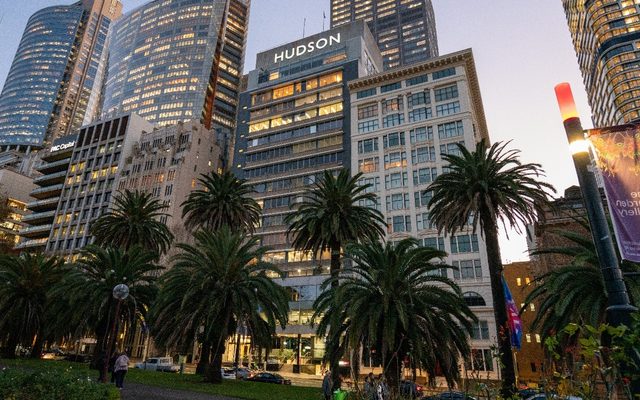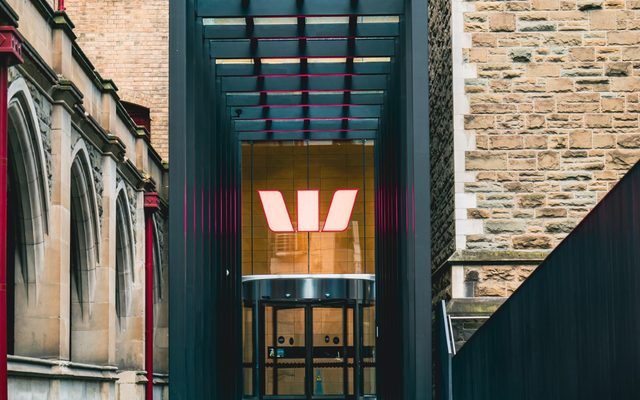This article is from the Australian Property Journal archive
THE Sydney CBD office market has defied national market trends and recorded a fall in vacancy rates, for the first time since the 1Q13.
JLL’s Q2 research found the national office market vacancy rate increased to 12.2% in 2Q14.
On the other hand, Sydney’s vacancy declined from 10% to 9.9% with JLL recording a net absorption of 21,800 sqm in 2Q14. The market was supported by the centralisation of Tabcorp and AIPE, which committed to relocate to the Sydney CBD over Q2.
However, centralisation has not had a detrimental impact on decentralised markets. JLL recorded a reduction in the vacancy rate for North Sydney (from 11.0% to 10.6%) and Parramatta (from 6.9% to 6.4%) over 2Q14.
JLL’s head of office leasing Tim O’Connor said there are numerous drivers of centralisation.
“At the moment, the CBD value proposition provides an opportunity for occupiers looking to centralise their operations and leverage off the amenity of the CBD to be more attractive to prospective job applicants.
“In 2014, we have seen stronger enquiry and activity across the Sydney CBD office market. Furthermore, sublease availability is no longer a story in the Sydney CBD. Our closely watched monitor of sublease availability has declined by 23,300 sqm in 2014 to just 1.0% of total stock,” he added.
According to JLL, the current reading for sublease availability is lower than the 10-year average (1.2% of total stock) and lower than other global finance centres, such as New York and Chicago where sublease availability was 1.8% and 2.2% respectively.
O’Connor said sublease availability is intrinsically linked to business confidence and a reduction is a lead indicator for employment over the medium-term.
Despite recording a positive net absorption of 11,000 sqm, Melbourne’s vacancy rate increased to 11.1%. Although O’Connor said there is limited availability of contiguous space in modern buildings, which has led to further pre-commitment activity.
In contrast, Brisbane and Perth reported negative demand. Brisbane recorded net absorption of -21,200 sqm and –57,000 sqm over the 2013/14 financial year. As a result, the Brisbane CBD vacancy rate hit 16.5% in 2Q14.
JLL’s national director of research Andrew Ballantyne said the Brisbane office market has not been immune to downsizing and tenant contractions have had a disproportionate impact on secondary stock.
The secondary grade vacancy rate moved above 20% in 2Q14 – 8.5% higher than the prime grade vacancy rate (11.9%).
The Perth CBD recorded an eighth successive quarter of negative net absorption in 2Q14 (-13,800 sqm). The contraction in net absorption over the 2013/14 financial year totalled -82,900 sqm. As a result, the vacancy rate in the Perth CBD moved out to 12.7% in 2Q14.
Canberra recorded negative net absorption of -26,600 sqm and a rise in vacancy to 13.2% in 2Q14. JLL expects that 2014 will be the third calendar year of negative net absorption since detailed monitoring of the Canberra office market commenced in 1978.
Ballantyne said Canberra has yet to recover from the hiatus in leasing activity leading up to the federal budget.
“While the implementation of recommendations from the National Commission of Audit is negative for the net absorption outlook, it will generate enquiry and activity over the latter part of 2014 and into 2015,” he continued.
Adelaide recorded net absorption of -4,000 sqm and a rise in vacancy to 14.8%. Adelaide’s vacancy is now at the highest rate since 2000.
Meanwhile Ballantyne said face rents edged slightly higher in Sydney and Melbourne over the 2013/14 financial year, whereas an increase in leasing incentives in Brisbane and Perth exerted downward pressure on effective rents.
JLL found prime gross effective rents increased by 2.3% and 0.8% in Sydney and Melbourne over 2013/14. At the same time, prime gross effective rents fell by 9.6% in Brisbane and by 20.8% in Perth.
O’Connor predicts leasing activity will improve over the 2014/15 financial year.
He said there are already signs of expansion from professional services and technology-related firms.
“Furthermore, corporate Australia, outside of the mining sector, has underinvested in capital expenditure programs over the past three years. A reactivation of business investment projects, especially those related to IT infrastructure, will underwrite the demand for project space over 2014/15.
“Over the next three years, a significant amount of office stock will be withdrawn across CBD office markets. Almost 4% to 5% of office stock could potentially be withdrawn between 2014 and 2017. Those assets with residential conversion potential will see the displacement of tenants and generate new enquiry in the leasing markets,” O’Connor concluded.
Property Review



